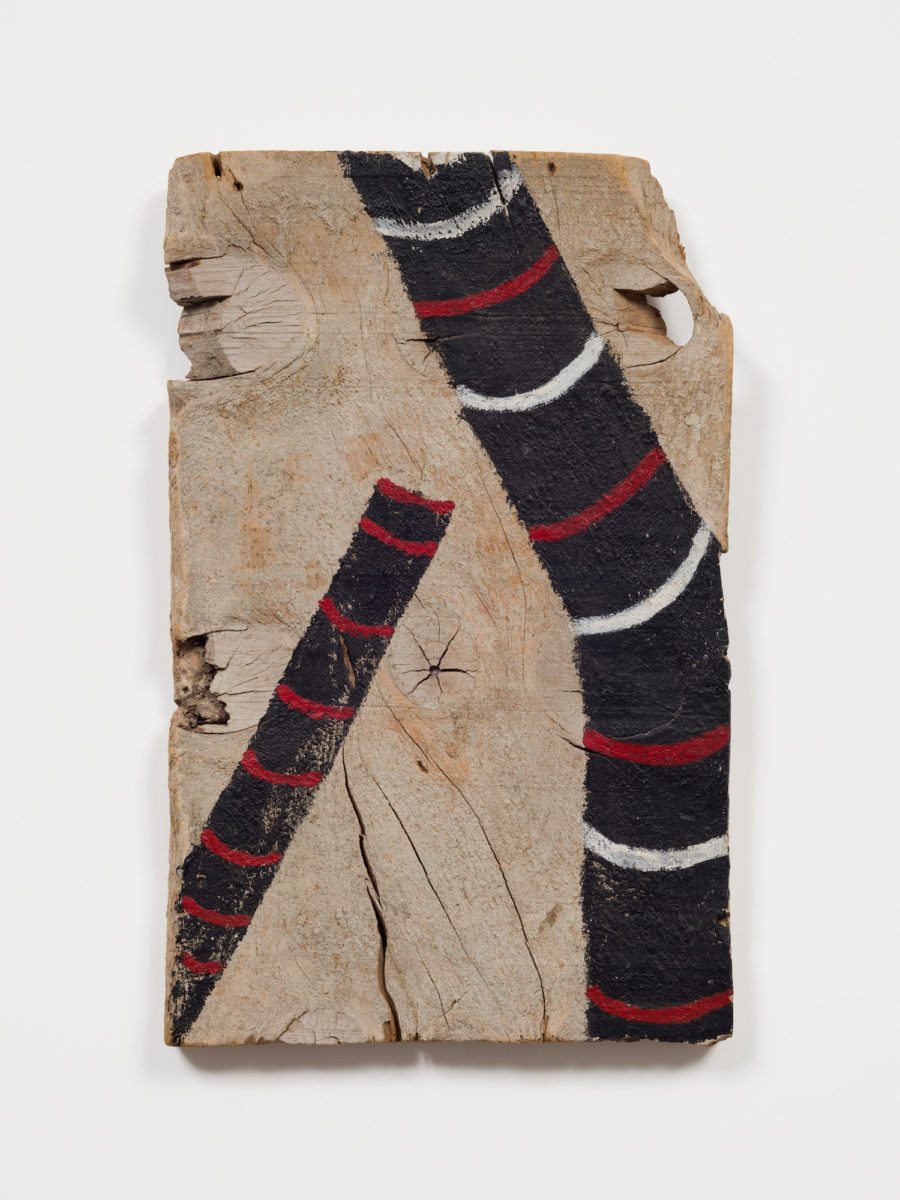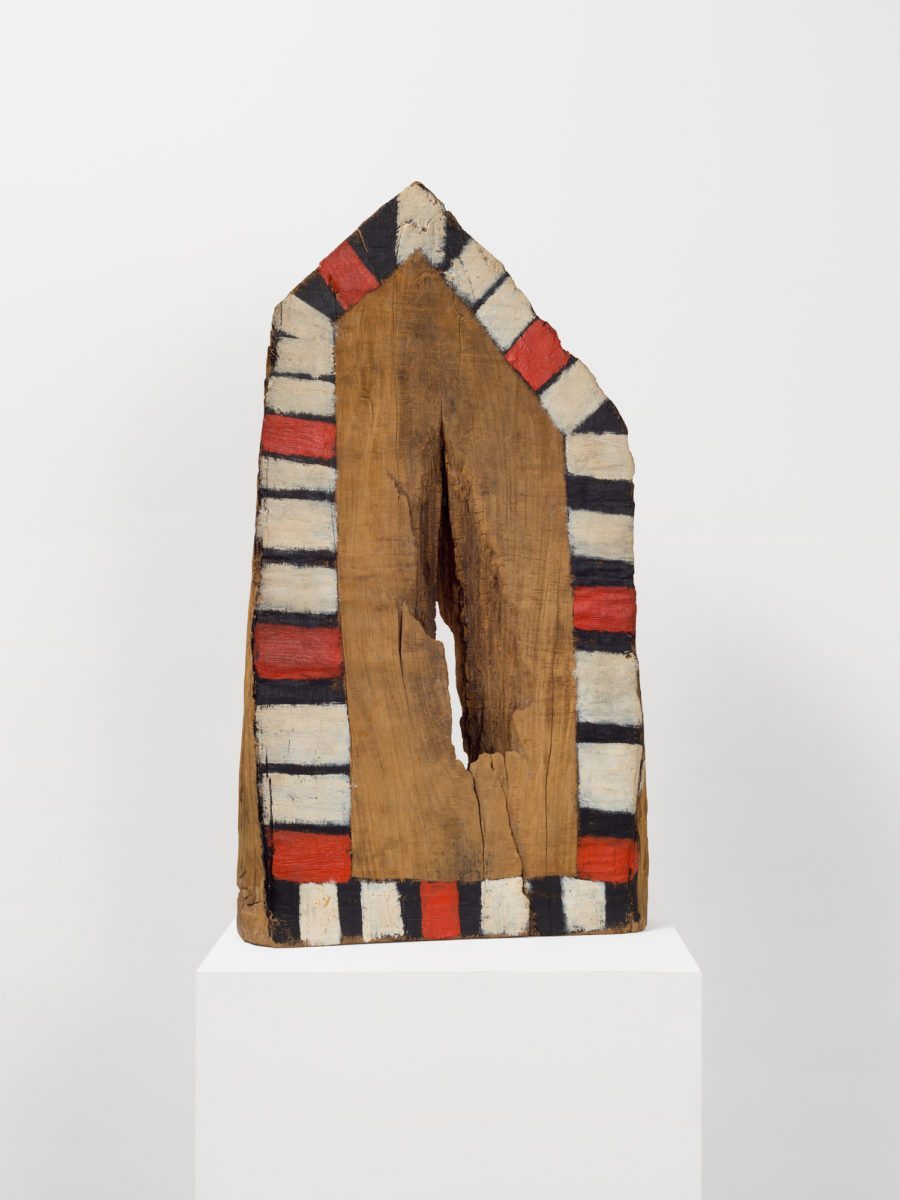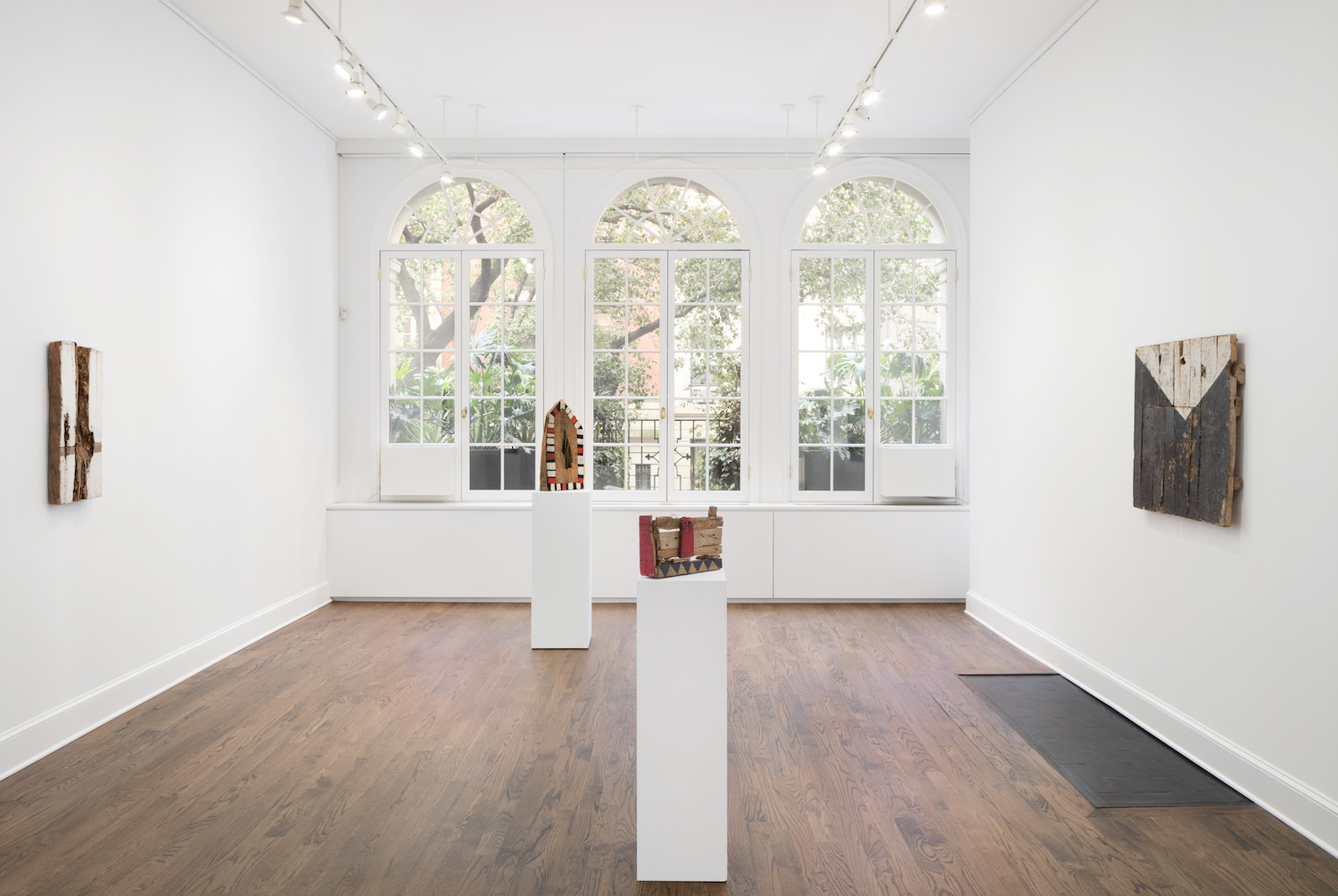
It was sunny, and I hadn’t seen Daniel Levine in a while. The painter of monochromes was the first person, years ago, to show me the art of the Upper East Side gallery crawl. Last week we decided to go for another, catching the shows seeing New York from winter through to spring. I often think of it as a neighbourhood leaning more towards historical shows, though you can find lots of new art in the ornate old buildings––and we did.
Case in point is Gladstone 64, where we met. Like a lot of the townhouses up there, the whole experience of the space feels expensive. Or classy. The building, the landmarked Edward Durell Stone House, is a clever (and controversial) mid-century modern redesign of a nineteenth-century home, with a decorative concrete brick lattice over the façade, a clean red entryway and a spray of foliage. Inside is a stripped-down space with wood floors and the remnants of a fireplace. Currently on view is Amy Sillman’s Mostly Drawing, comprised of colourful drawings with a screenprint in Sillman’s characteristic mode of gestural abstraction. I like her work and she’s very productive, but her exhibitions often feel overflowing, and this one’s no different, with a multitude of framed prints packed close in the space. Levine and a stranger tried to decipher a handwritten title, while I picked up one of Sillman’s cool O-G zines, which I always like and are always $1 each.
- Left: Celso Renato, Untitled, 1966. Right: Untitled, S/D. Courtesy Mendes Wood DM
The newish Mendes Wood DM
on 66th has a Brazilian artist I was previously unfamiliar with, Celso Renato, who was closely associated with Brazil’s constructivist and neoconcreto movements. Renato’s sculptural paintings are executed on pieces of found wood, their painted geometric patterns giving them the appearance of icons or altars. Down the street, Blum & Poe is showing the much more secular sculptures and paintings of Julian Hoeber
.
“Renato’s sculptural paintings are executed on pieces of found wood, their painted geometric patterns giving them the appearance of icons or altars.”
At Hauser & Wirth’s 69th Street gallery we see a show of paintings by Allan Kaprow from the mid-1950s, a few years prior to his first happenings. Kaprow, who had studied with Hans Hofmann, appears in these images to be feeling his way towards a new means of working. The oil and collage work Tobacco King (1956) is on the heels of Rauschenberg’s very similar Bed (1955). And images such as Hysteria (1956) and some views of the Brooklyn Bridge, while not totally compelling, nonetheless presage, in his love of goop, his use of licking in the happenings.
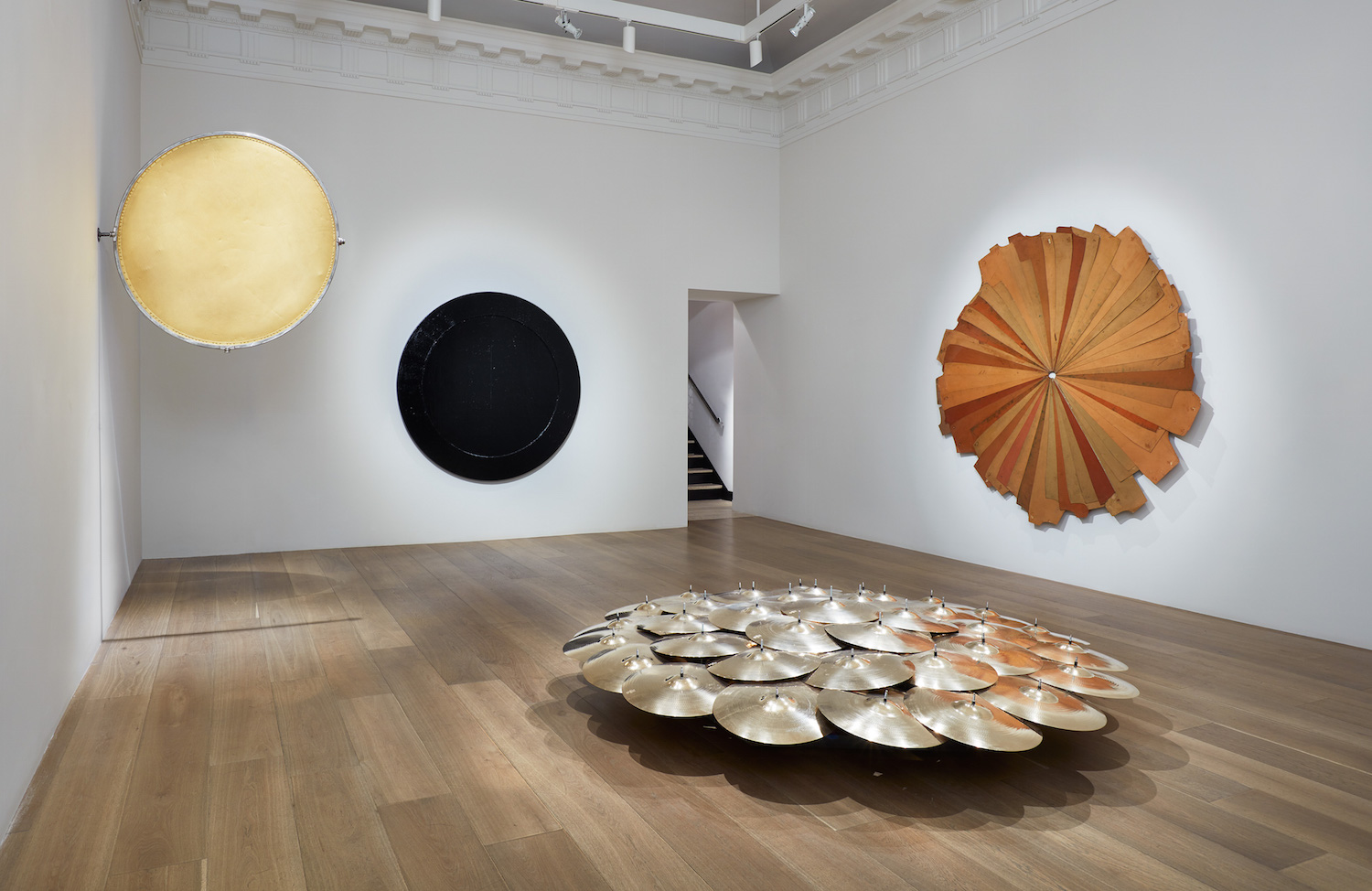
Next we stopped into Craig F Starr to see an exhibition of Robert Moskowitz’s Window Shade drawings and paintings from 1959 to 1961, and find parallels with Jim Dine’s window pieces of the early sixties, and Robert Motherwell’s wondering paintings of the early seventies.
After this we headed to Clearing, the Brooklyn gallery opened at a second Upper East Side location in December, next to Half Gallery on 78th St. (Clearing has a third location in Brussels). Their inaugural group show features work by Harold Ancart, Jean-Marie Appriou, Korakrit Arunanondchai, Aaron Garber-Maikovska, Zak Kitnick, Calvin Marcus, Marina Pinsky and Lili Reynaud-Dewar. The show is kind of a grab bag, with many works referring in different ways to pop or consumer imagery, such as Marina Pinsky’s giant-sized medicine tablets in blister packaging, Pharmakon XV (2014–15), and Zak Kitnick’s Five Line Family Plan (2017), comprised of five sets of tin cans connected with string. It has been interesting to see galleries shuffle around over the past couple of years, with some established galleries (notably Luhring Augustine) setting up unusual outposts in the Lower East Side or Brooklyn, and also younger galleries, including Clearing, moving into unusual domains.
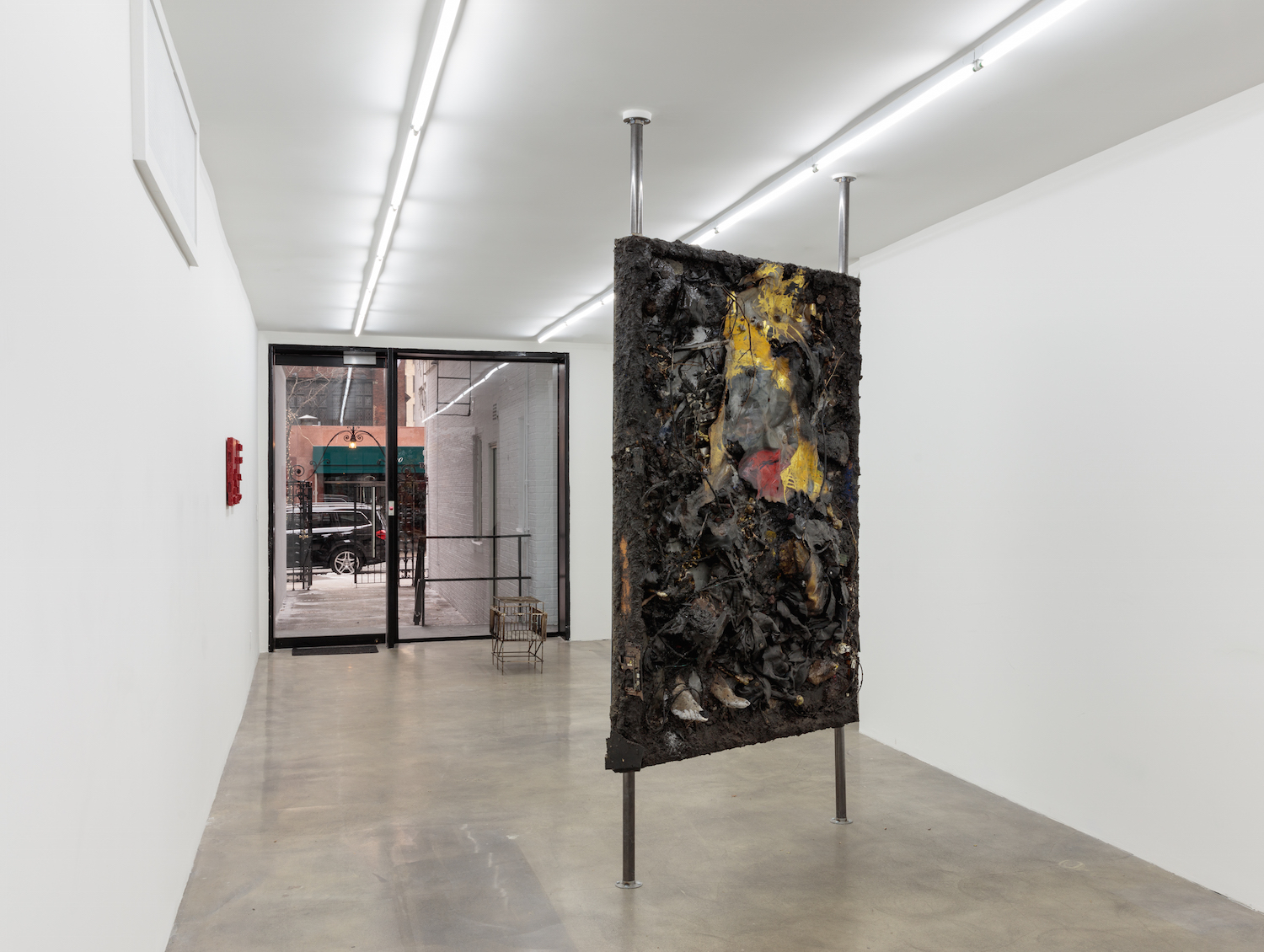
“The show is kind of a grab bag, with many works referring, in different ways, to pop or consumer imagery.”
Following this we popped into the Met Breuer, the former home of the Whitney Museum of American Art, a 1966 modernist building by Marcel Breuer. The building always seemed stifling to me when it housed the Whitney, but its new life as the home for the Metropolitan Museum of Art’s modern and contemporary collection seems more fitting. There we saw a small retrospective of work, Raw Nerve, by Leon Golub who painted scenes of torture, human duress and the dangers of undemocratic power. His large, unstretched canvases depicting mercenaries in Latin America and Angola, or Vietnam, echo several pieces from Kerry James Marshall’s retrospective, Mastry, at the museum.
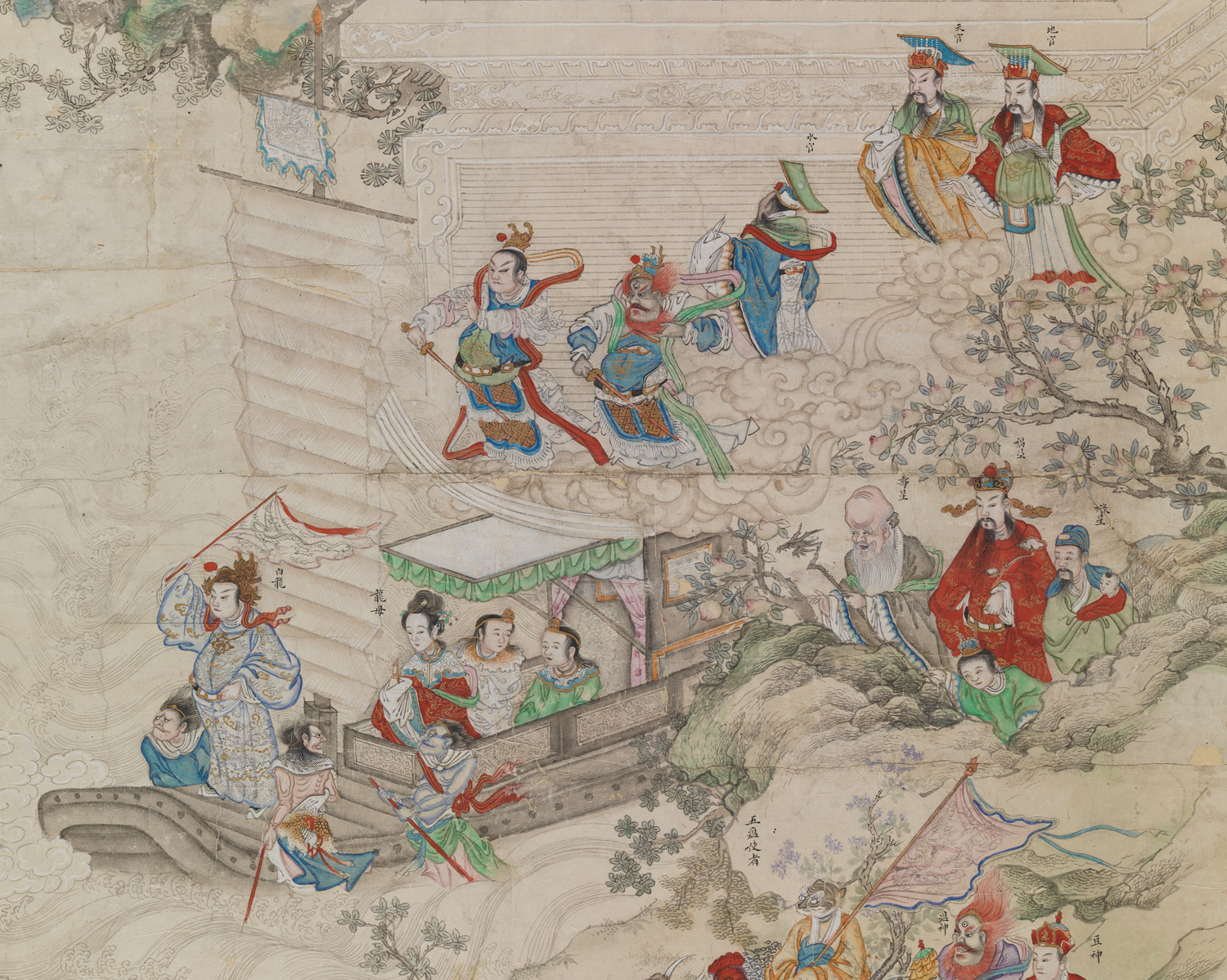
Last on our crawl we briefly stopped into the Asia Society at 70th and Park. There we checked out In Focus: An Assembly of Gods, which is comprised of just one large vertical painting from the late Qing dynasty. It depicts a broad pantheon of gods and demons, with Taoist deities, incarnations of the Buddha, Confucius and a variety of other supernaturals. Mashups of religious devotion are, according to the museum, popular during the Chinese New Year, which was observed on 16 February but is celebrated through to tomorrow. The painting will be on view until 25 March.
